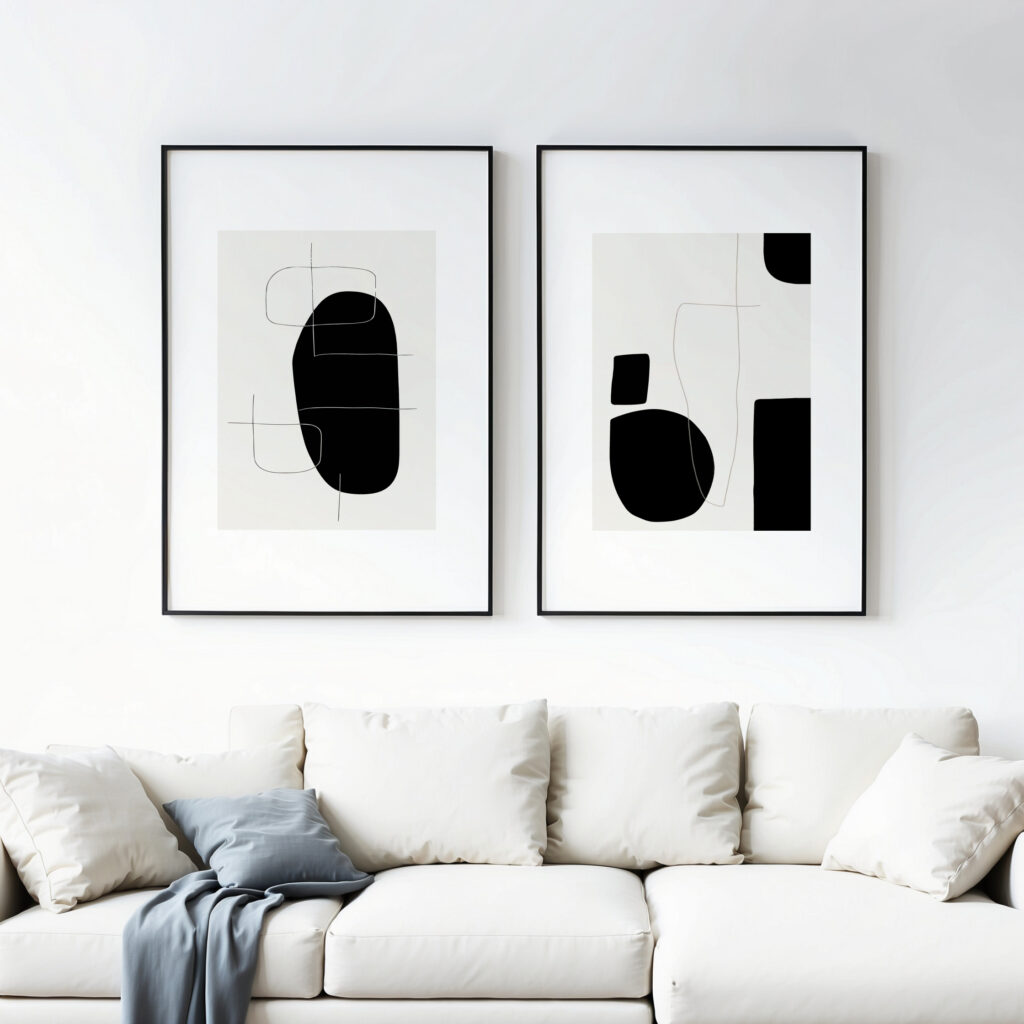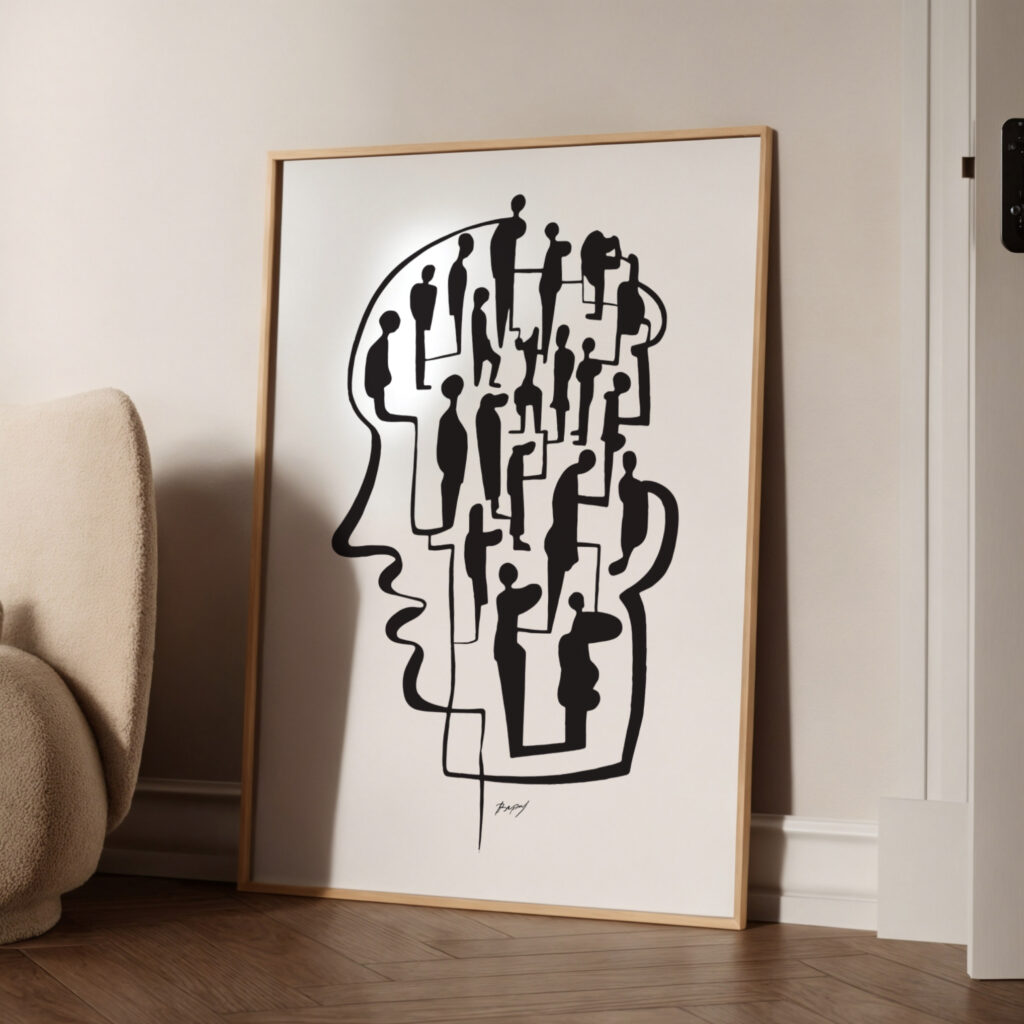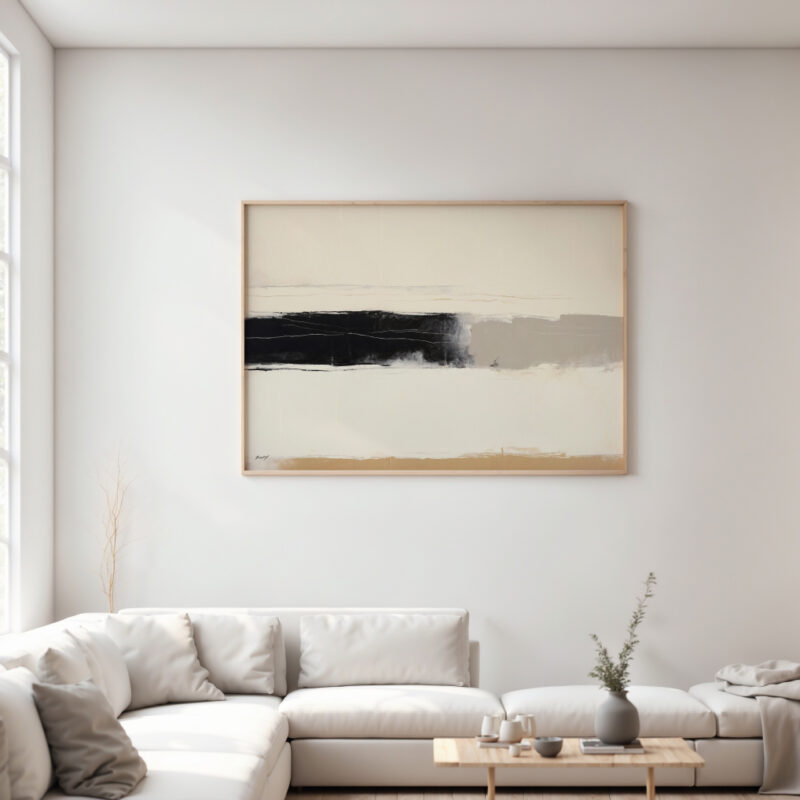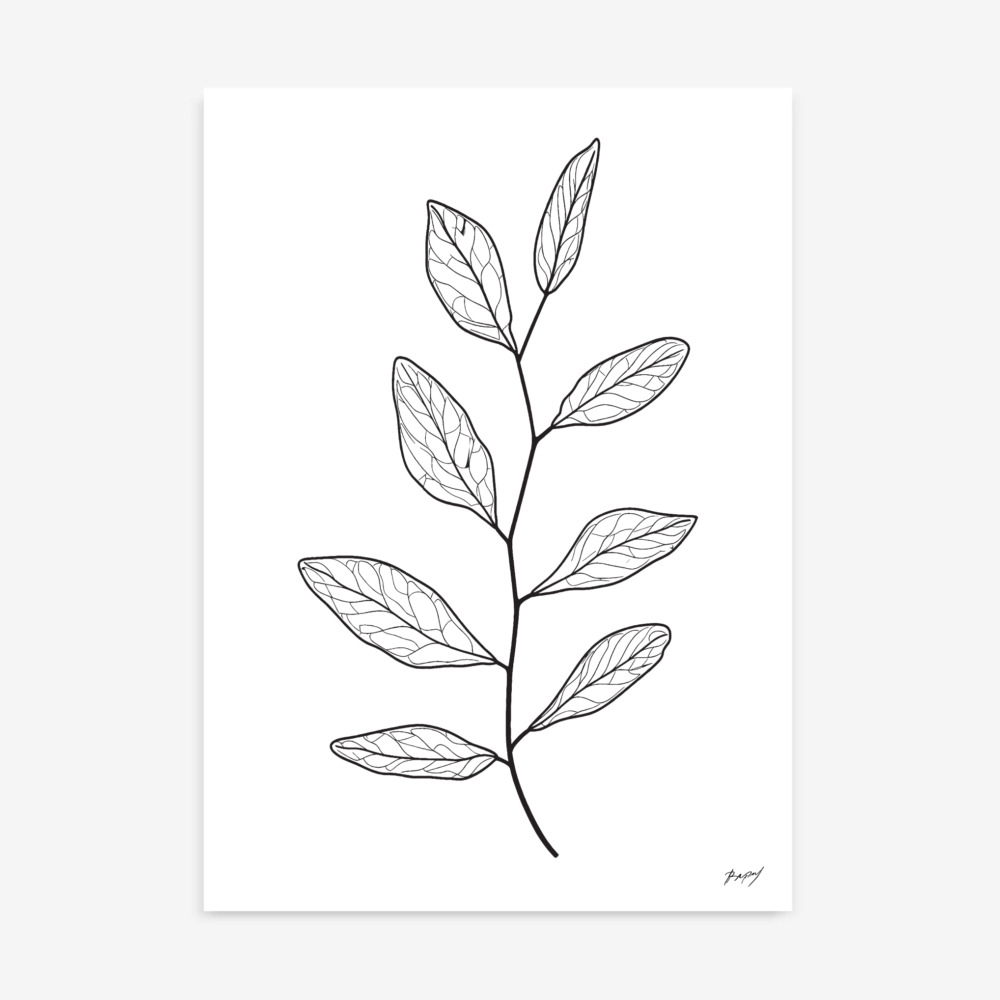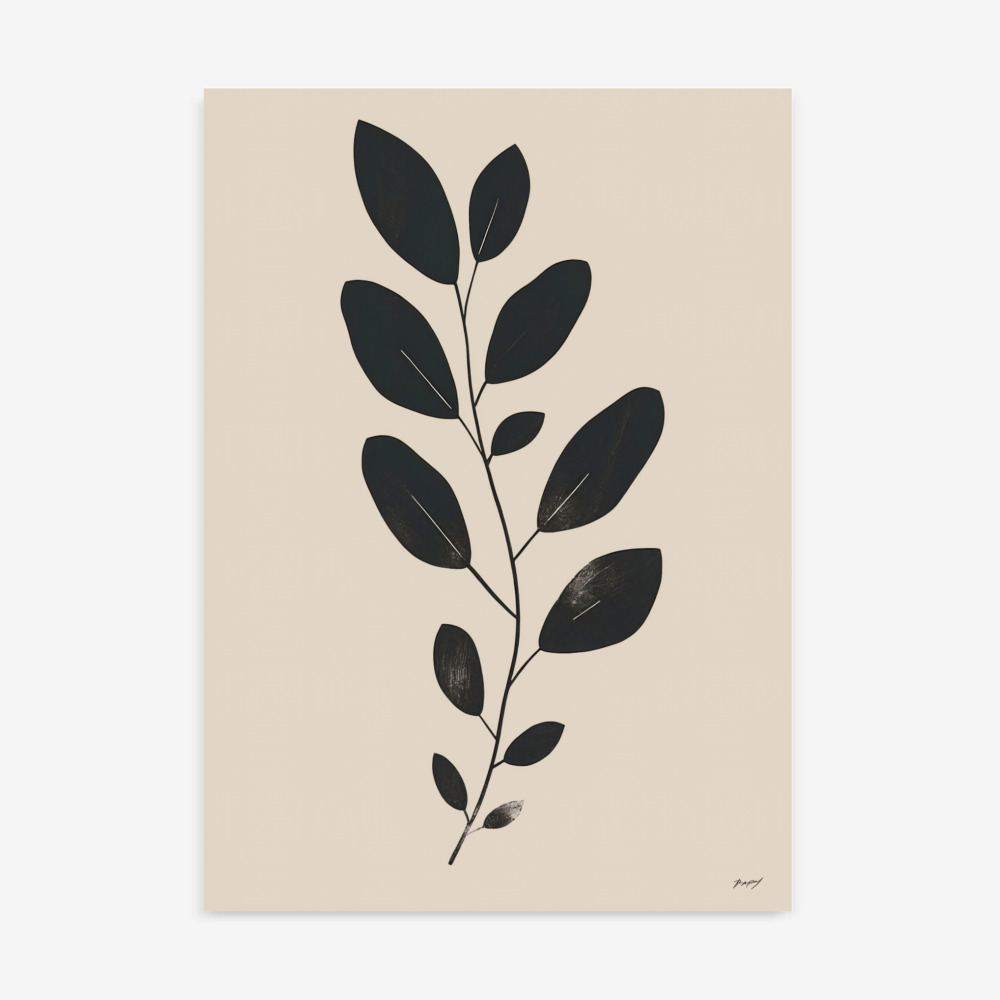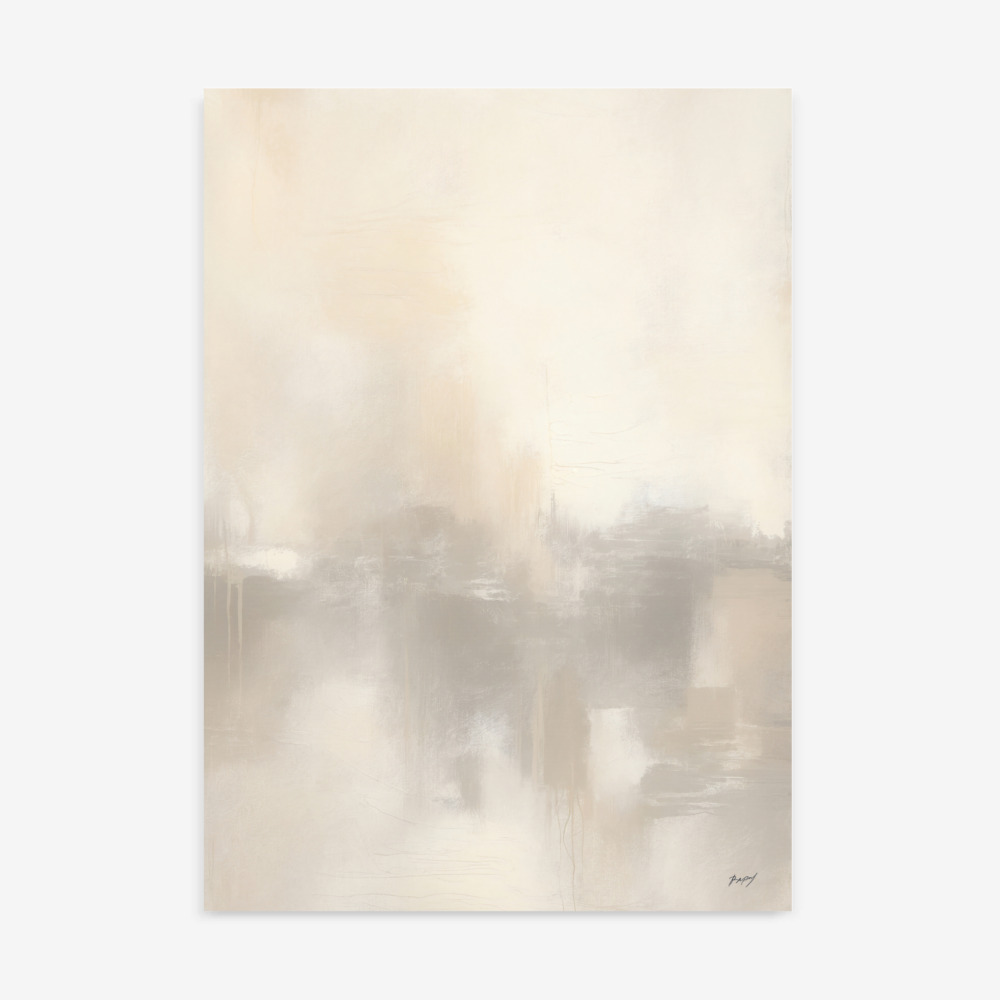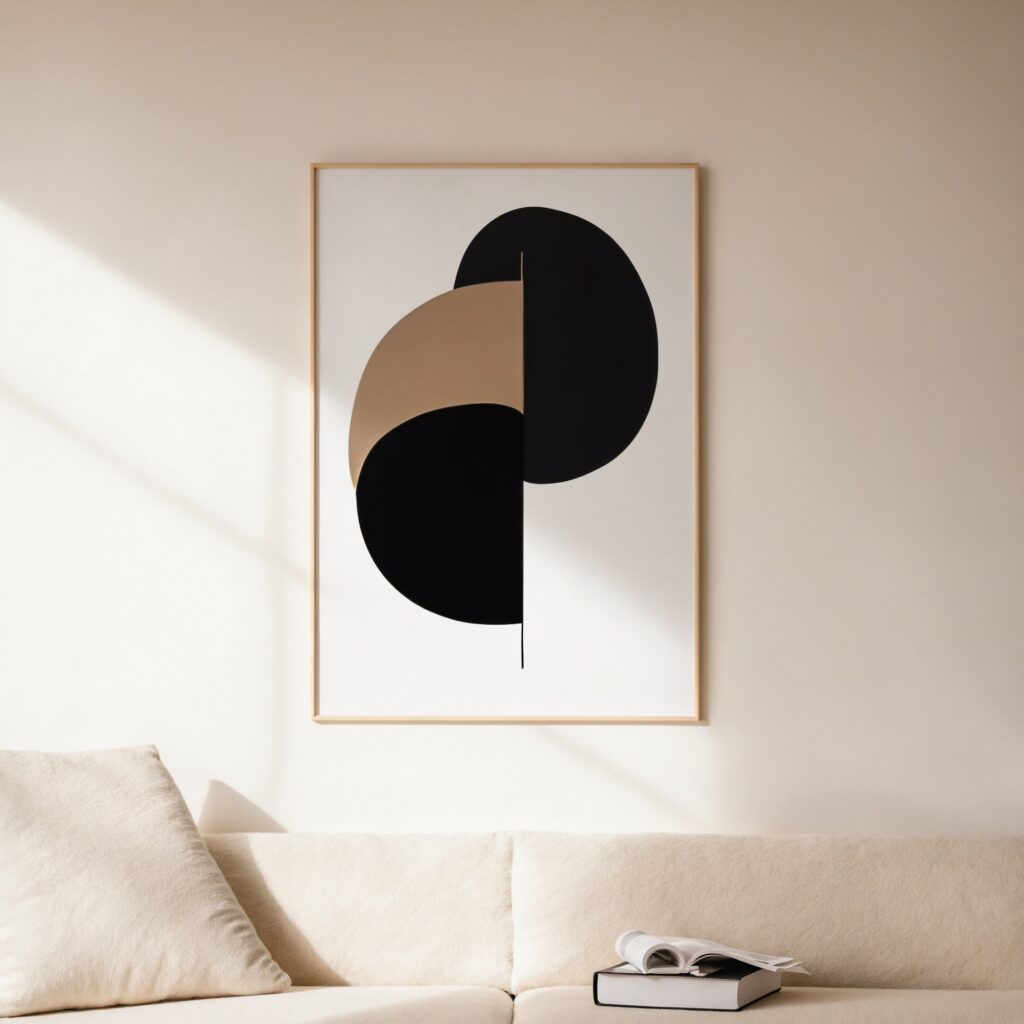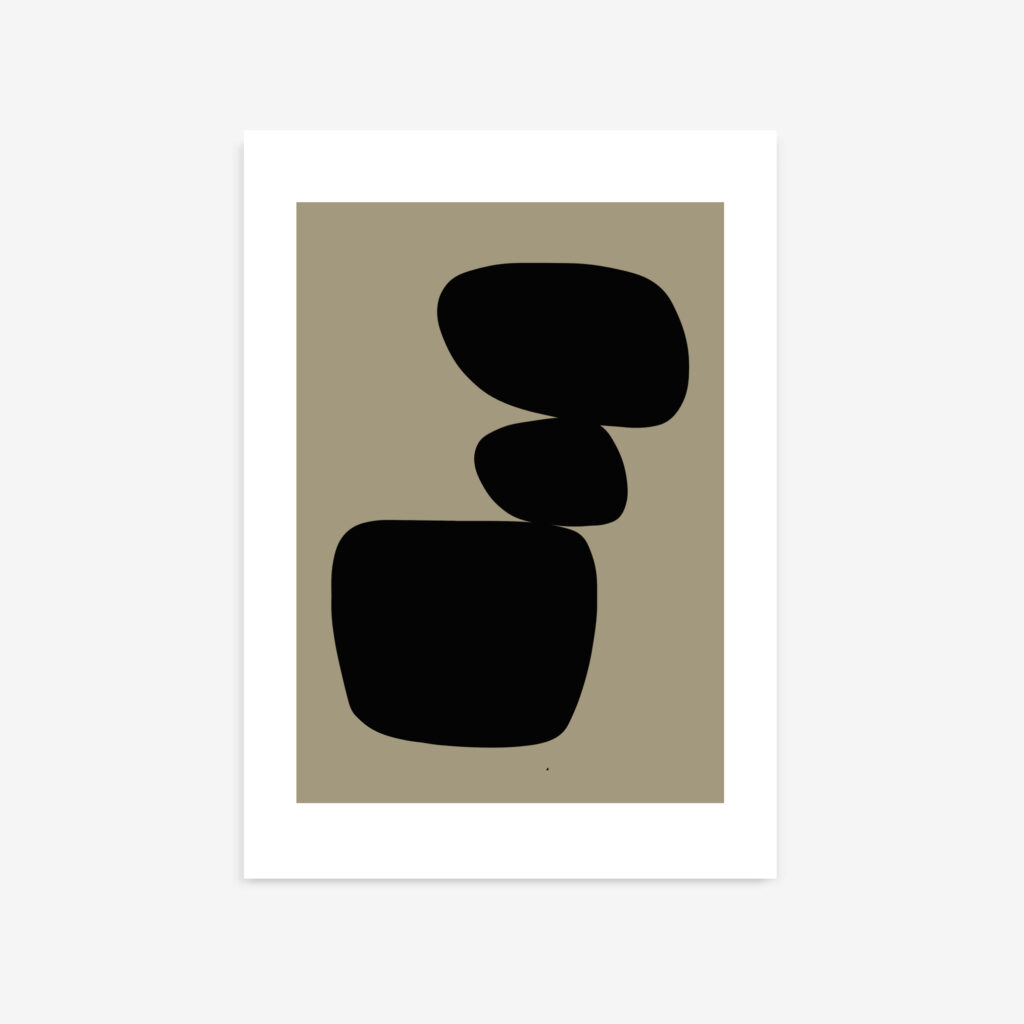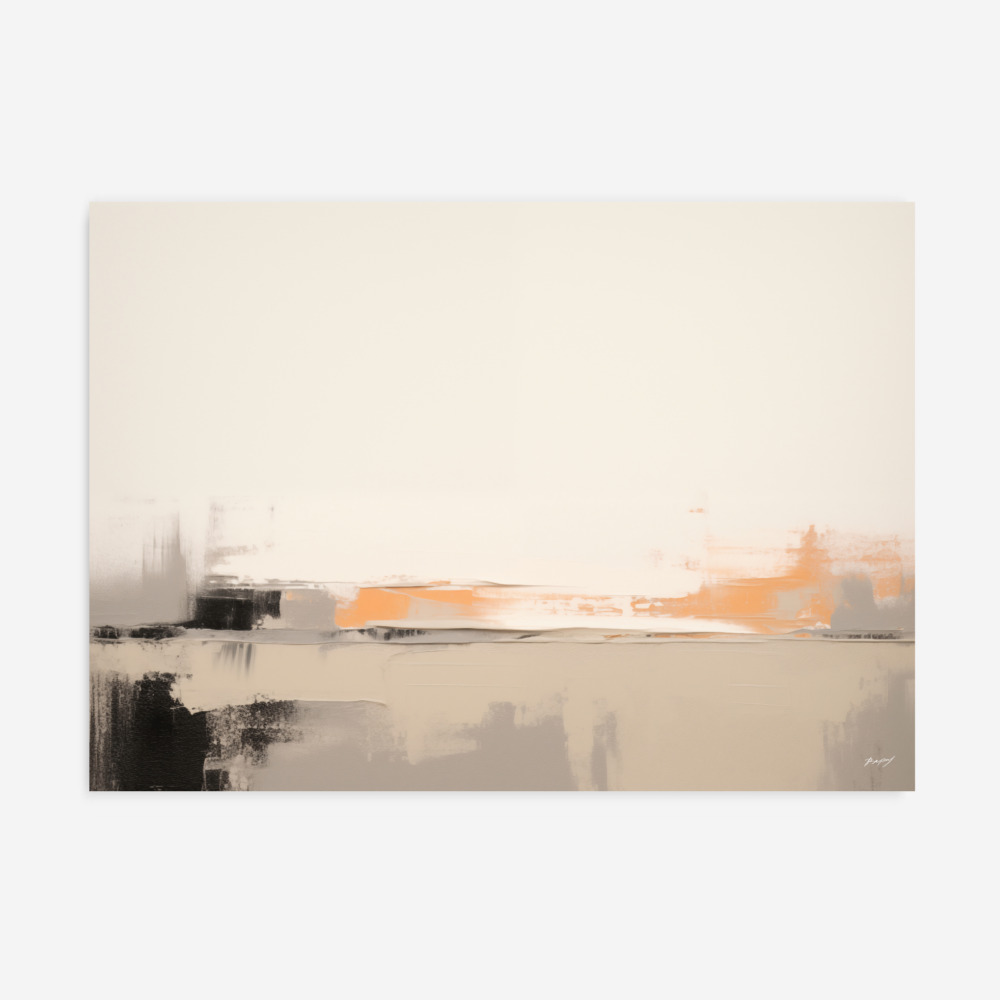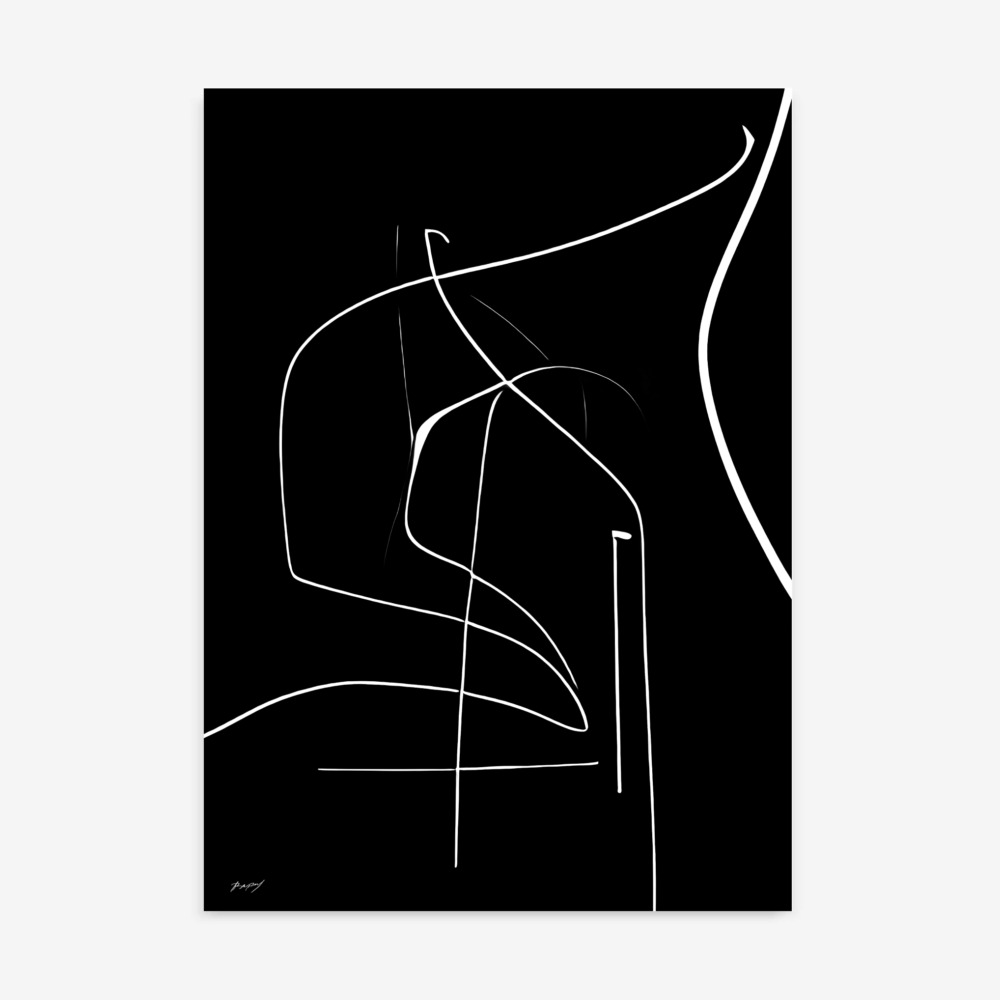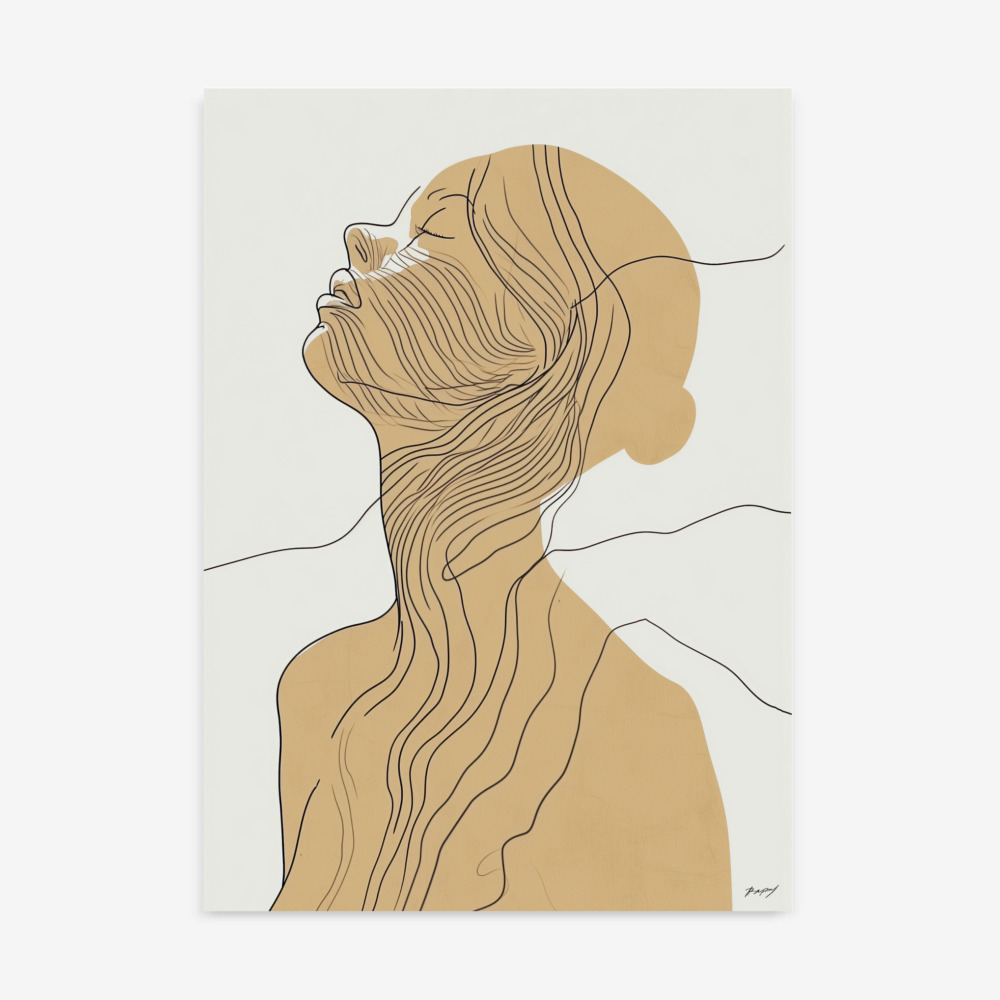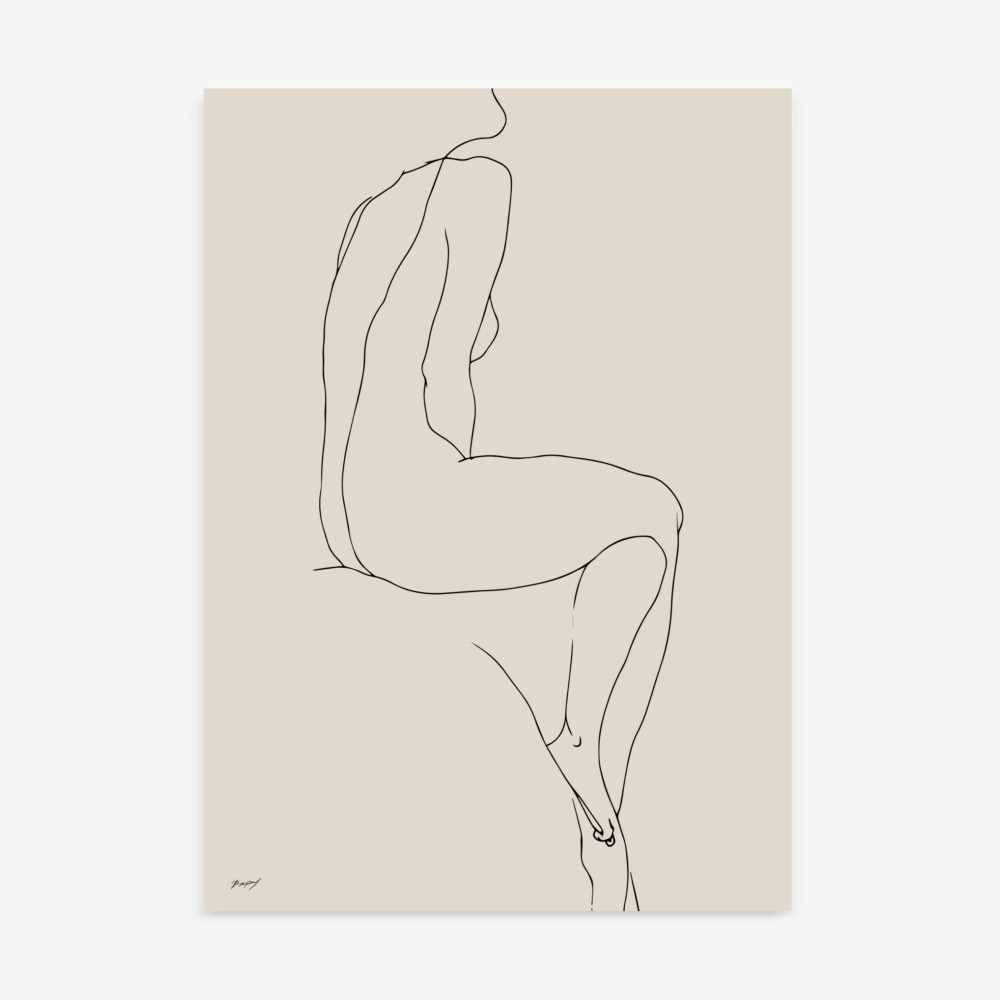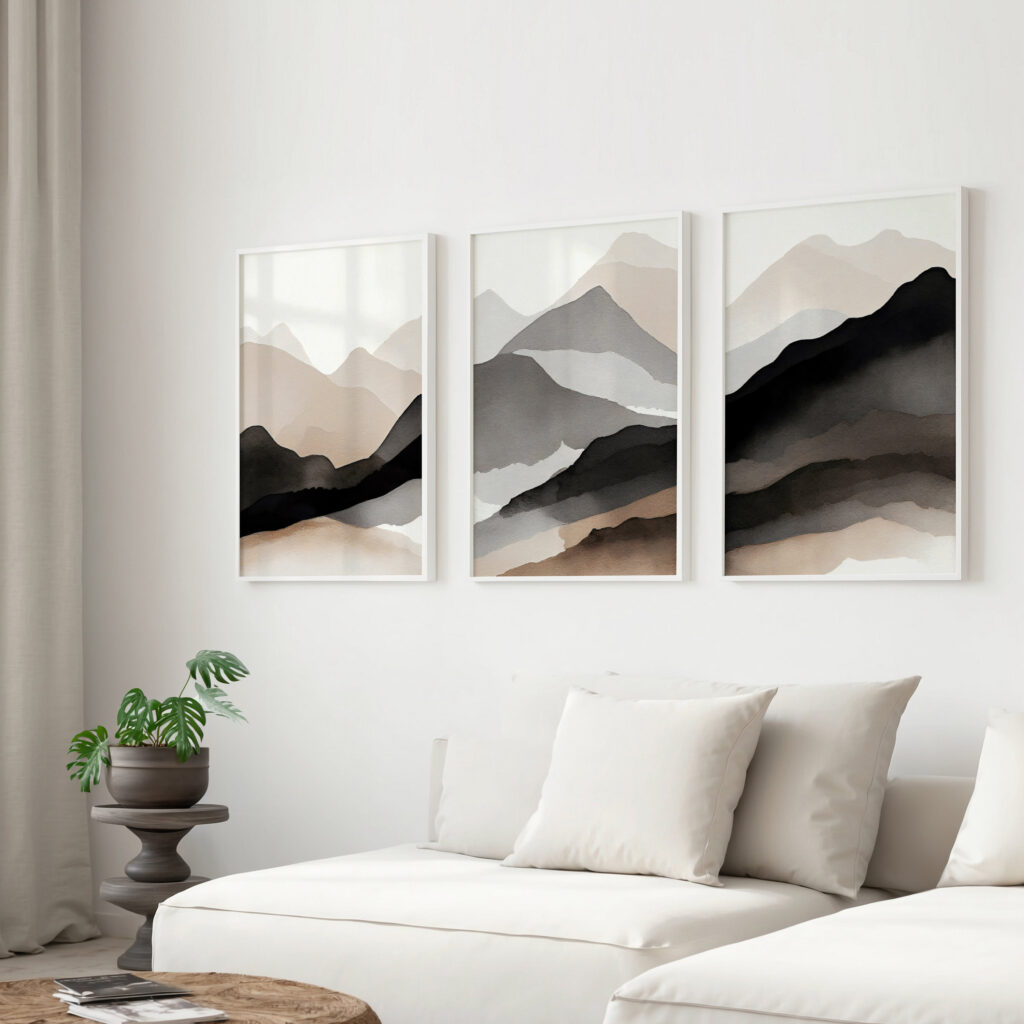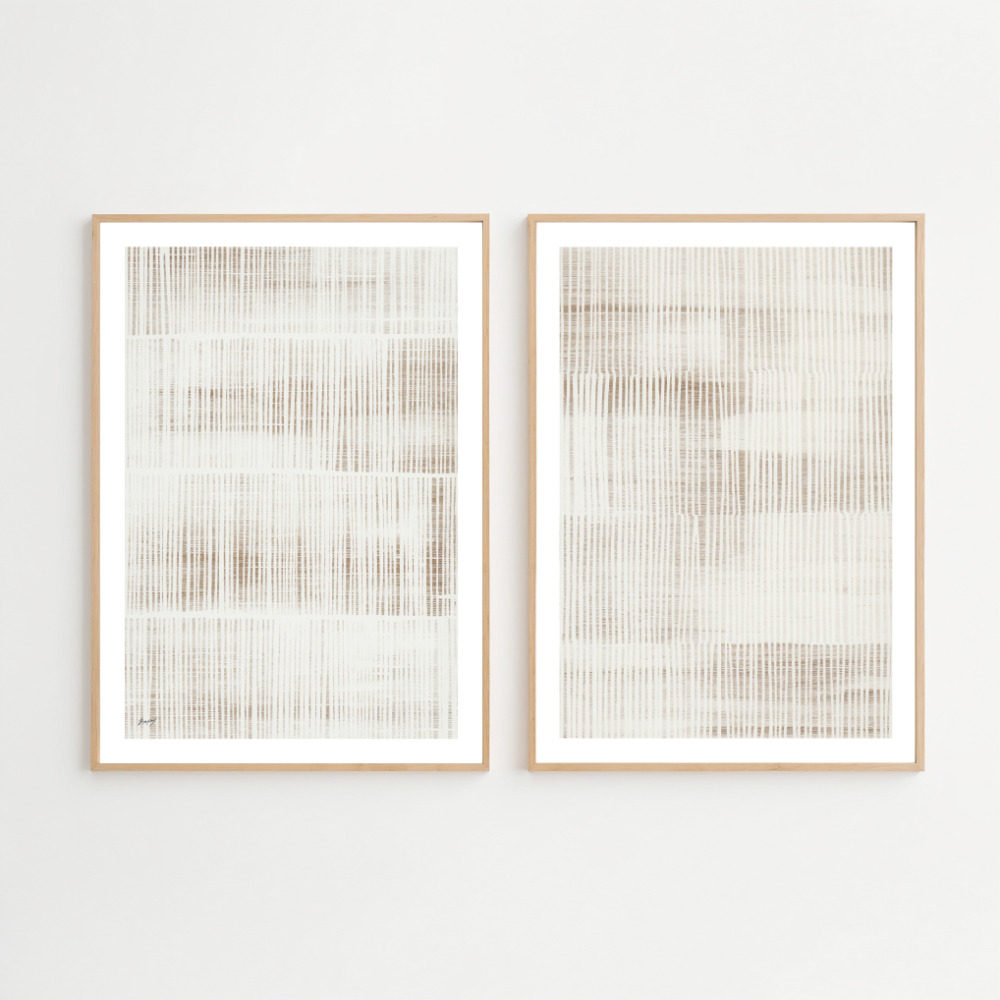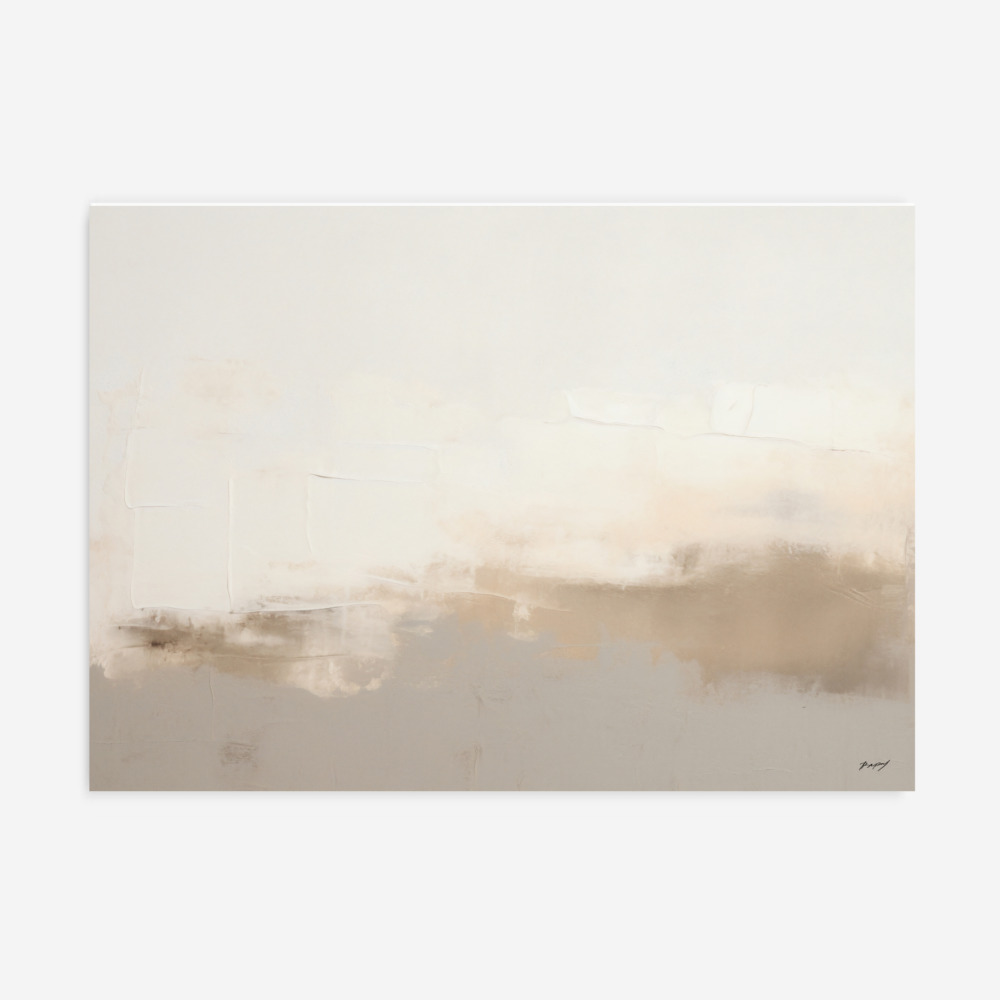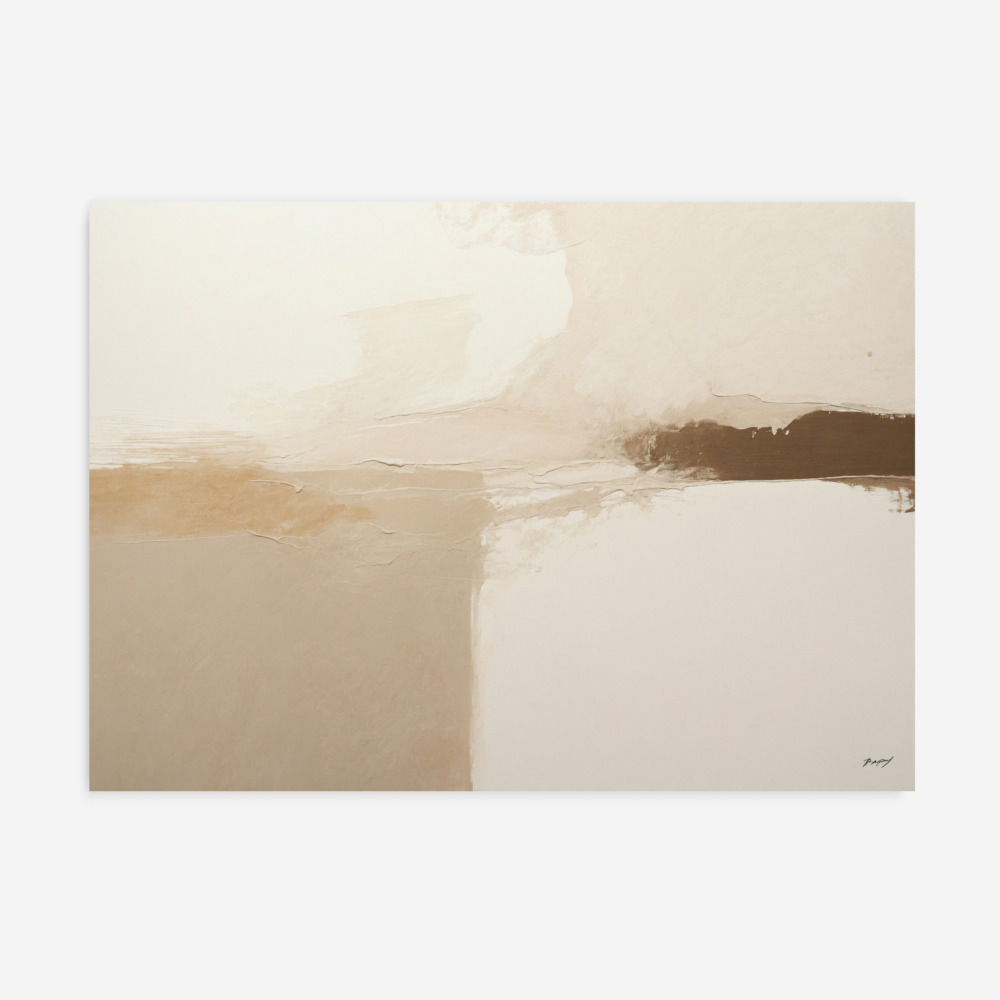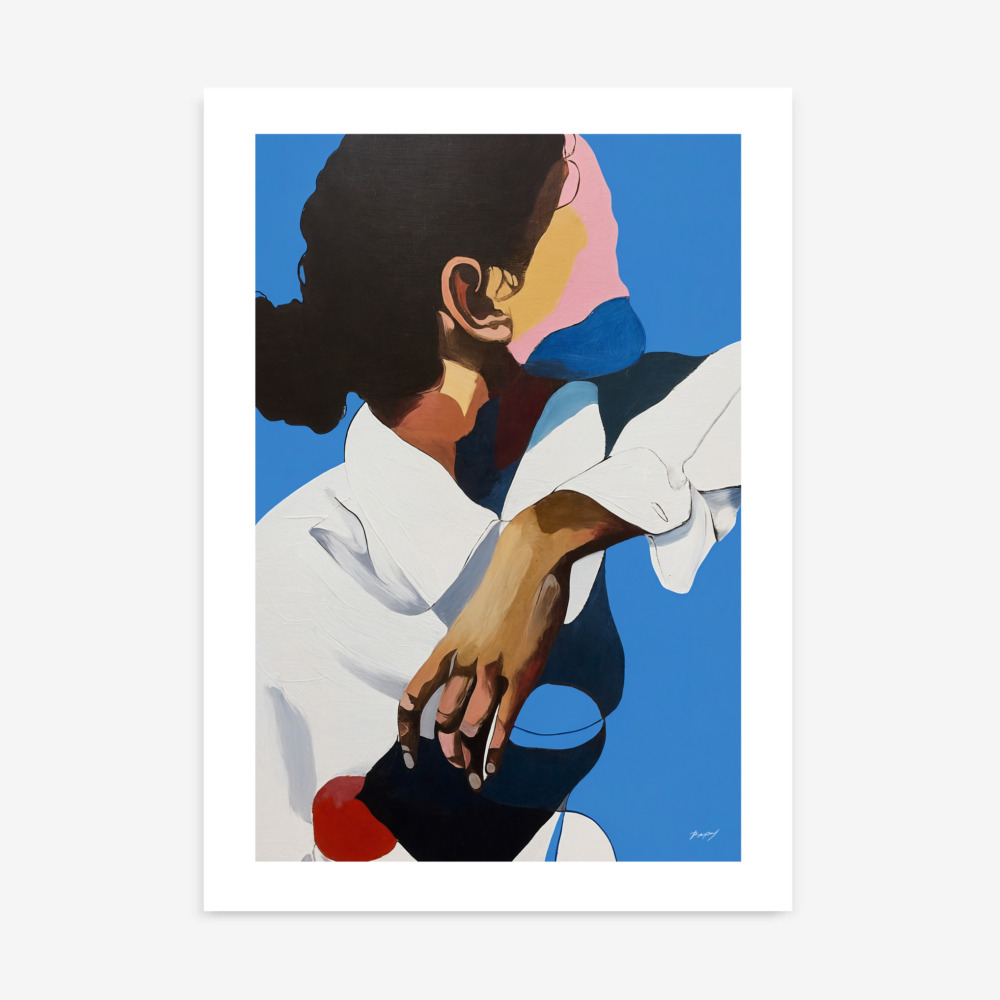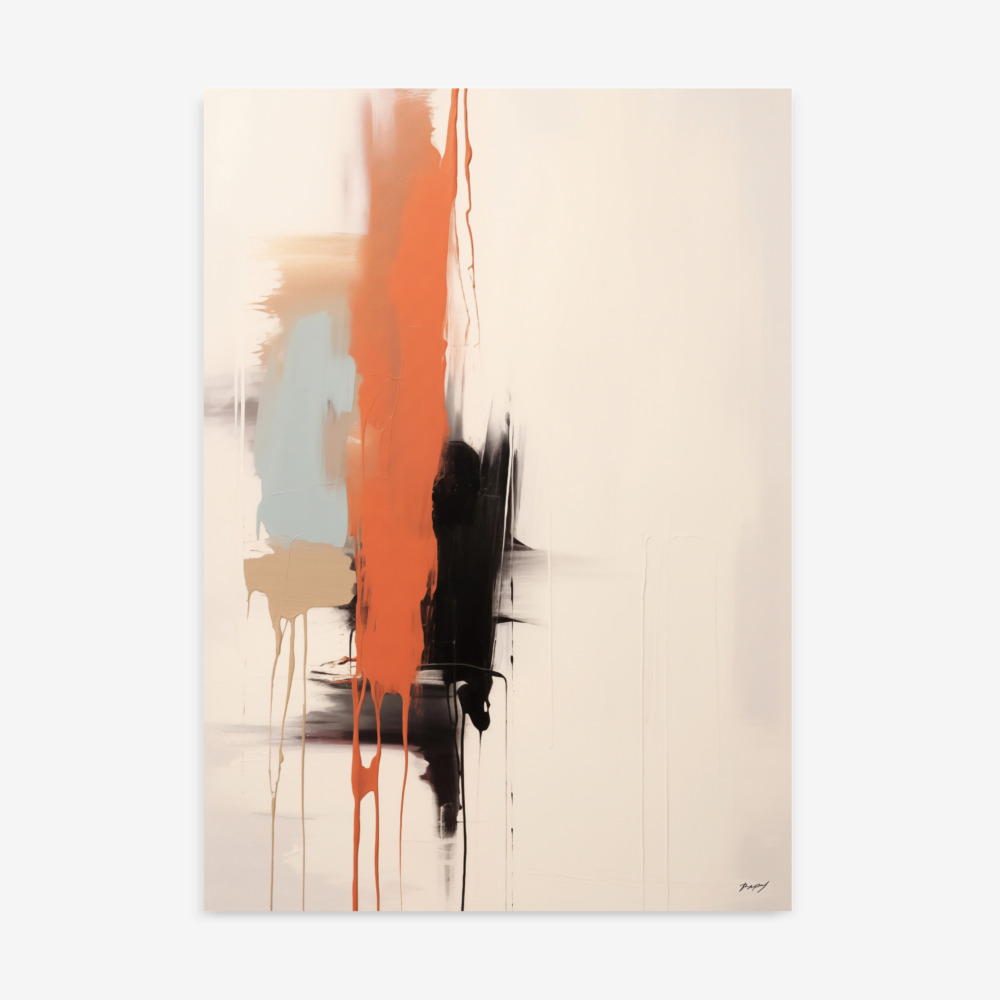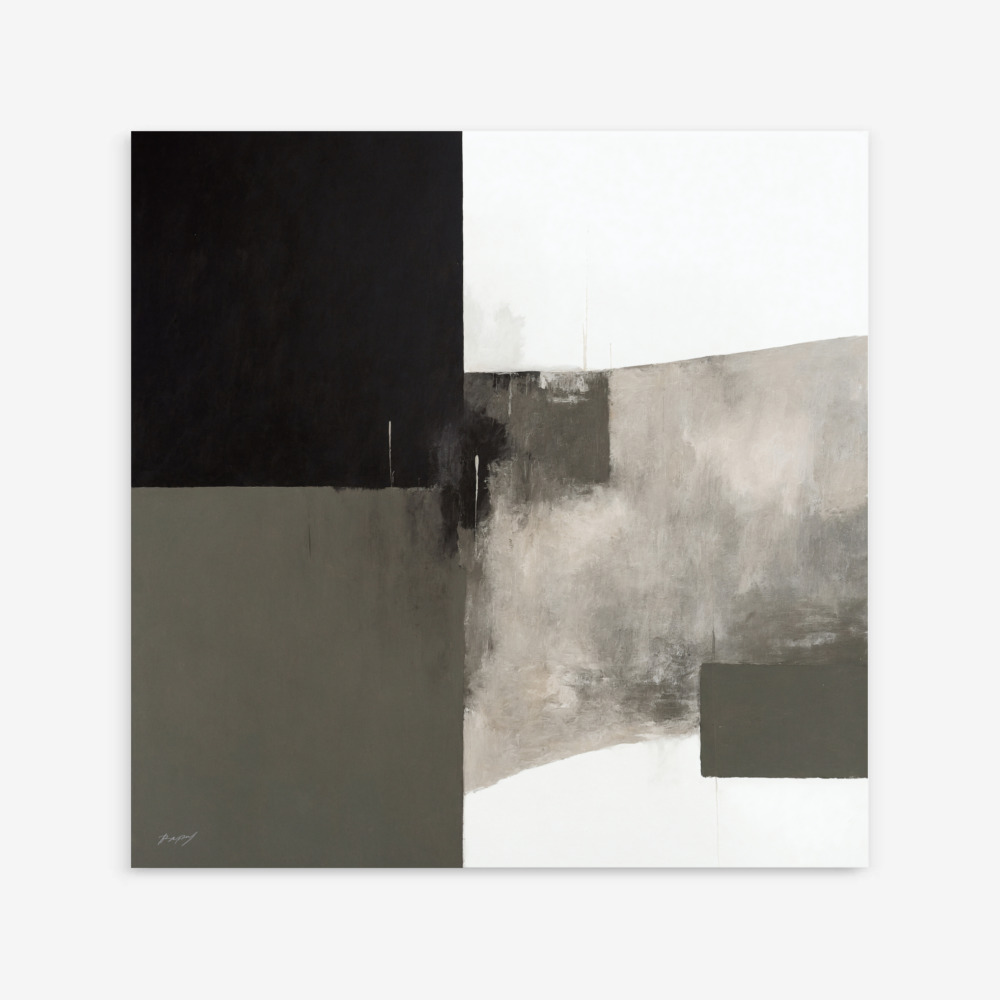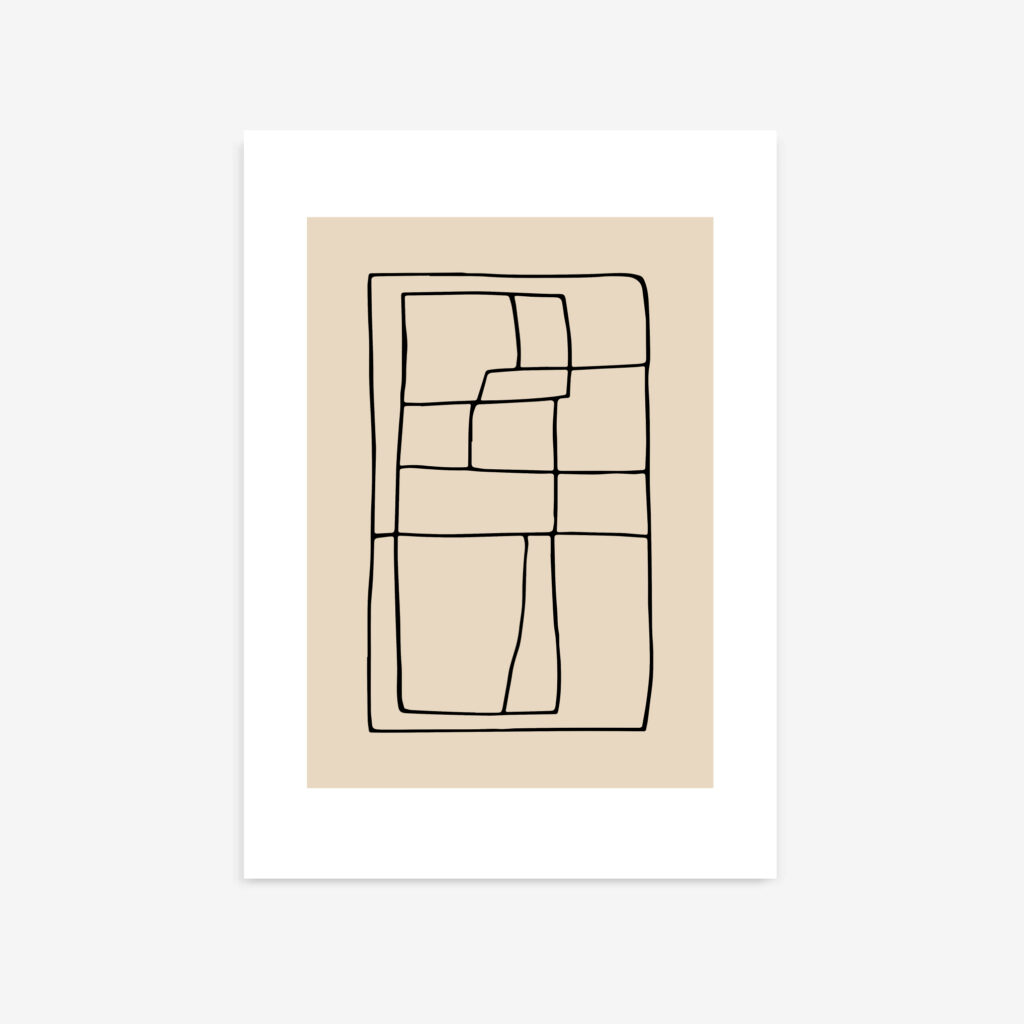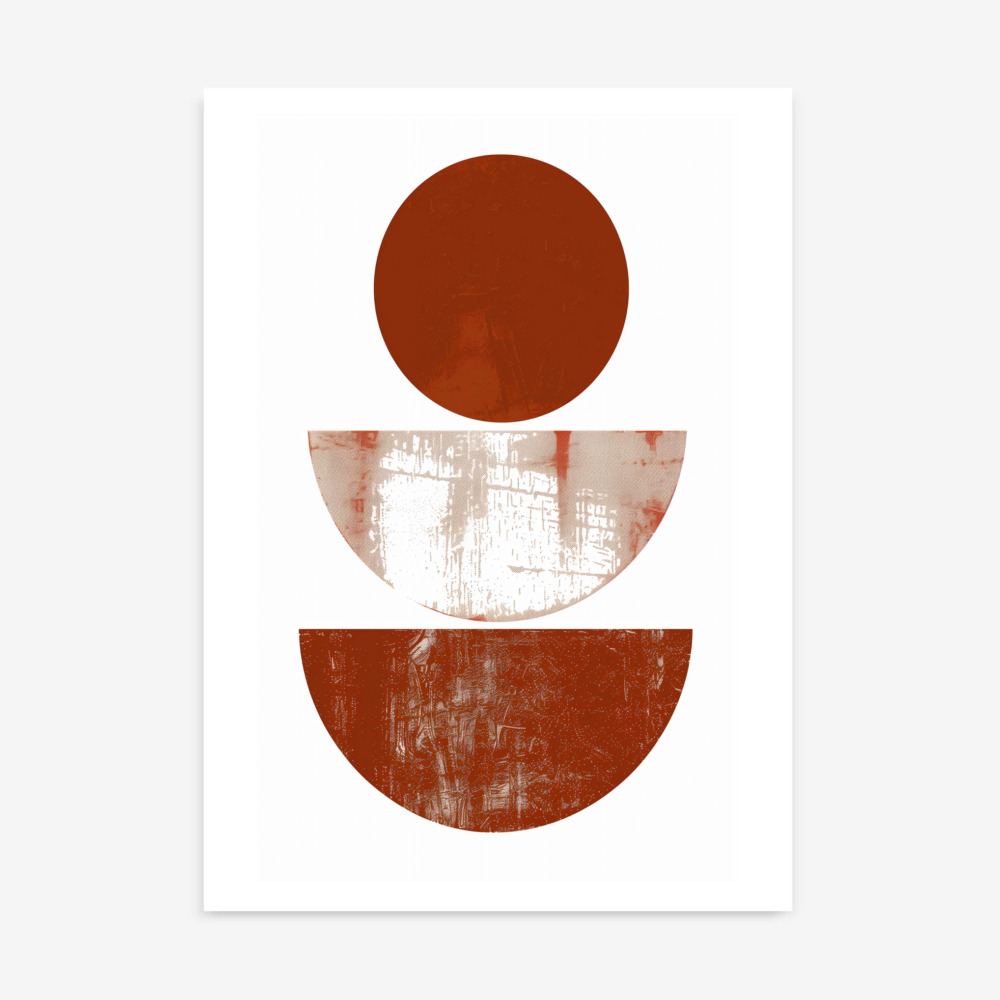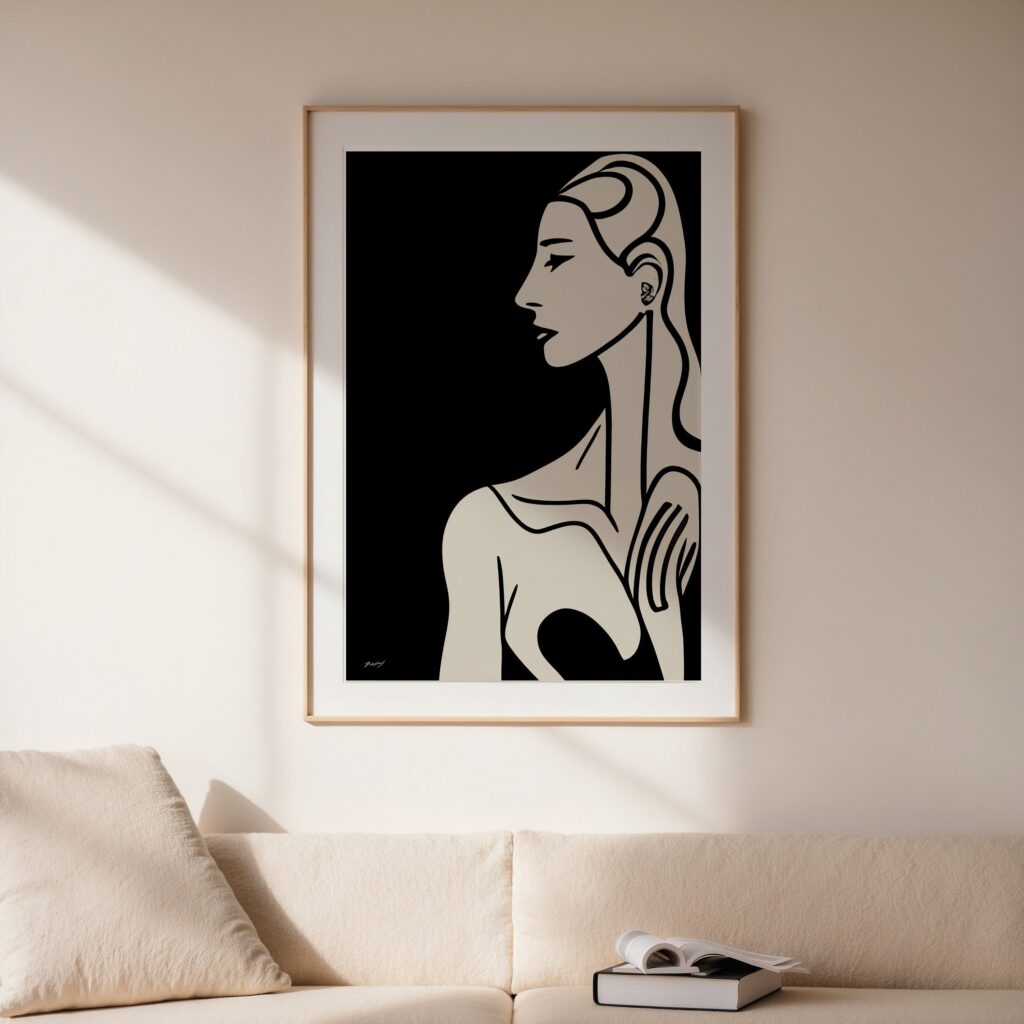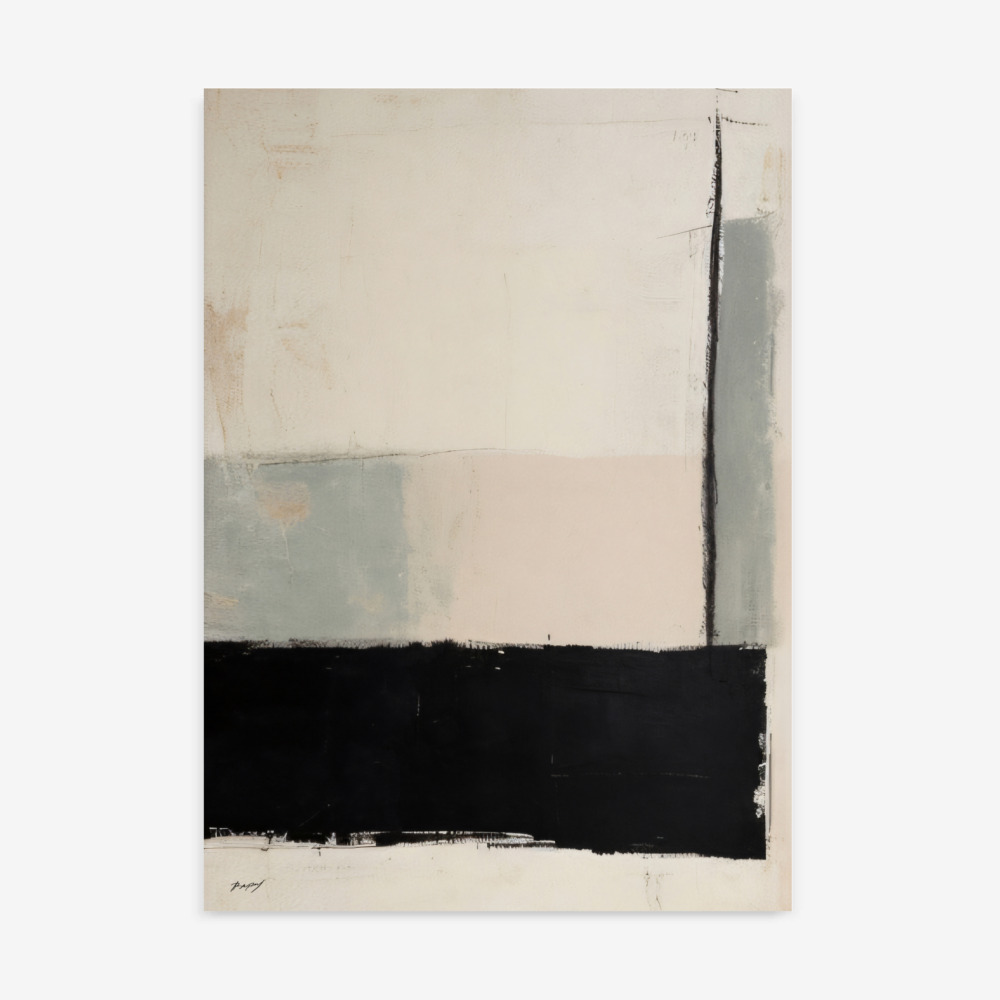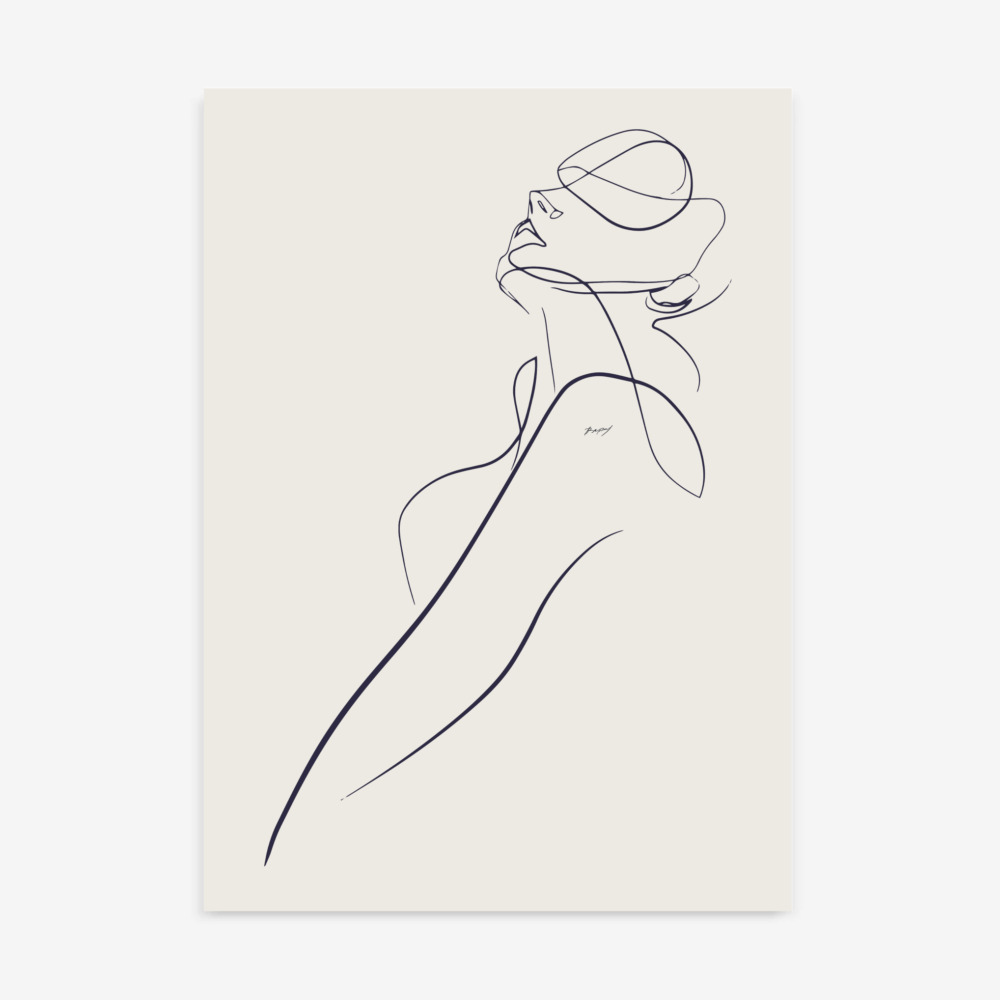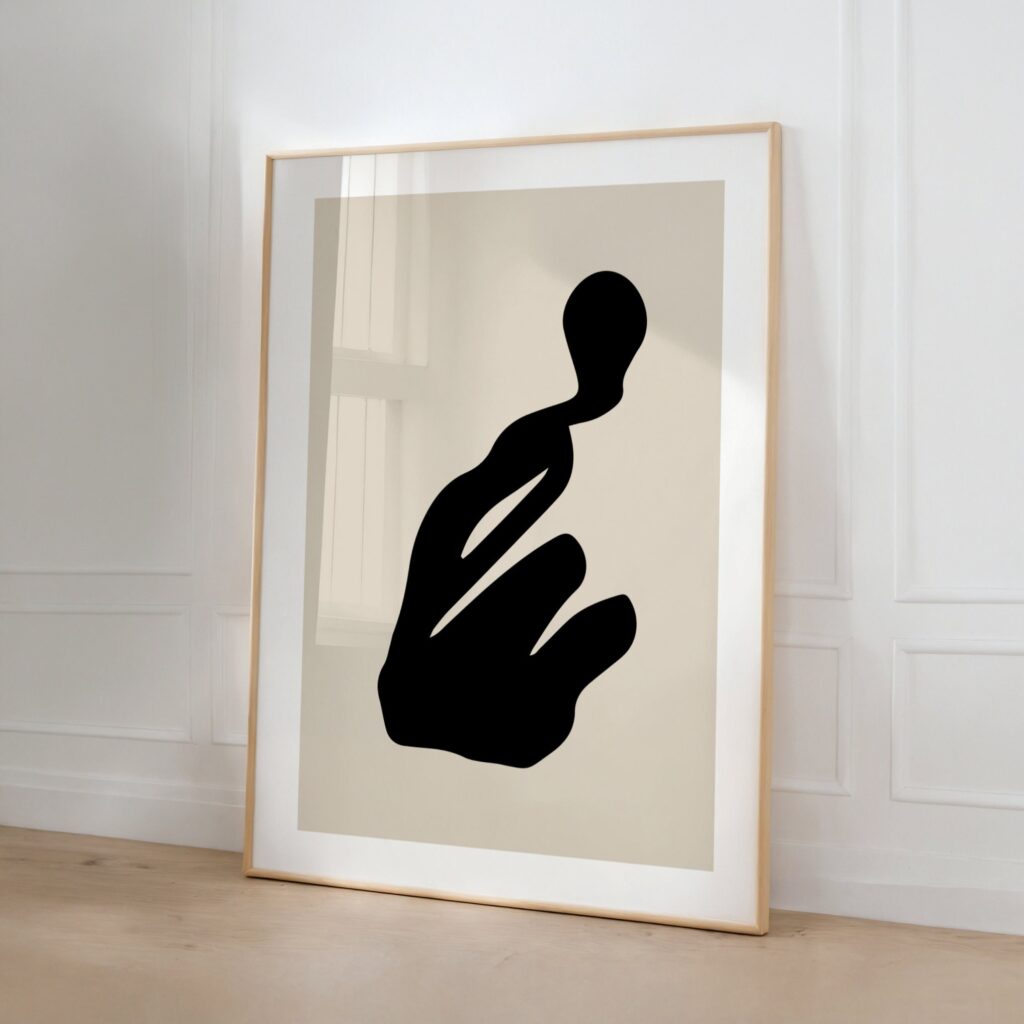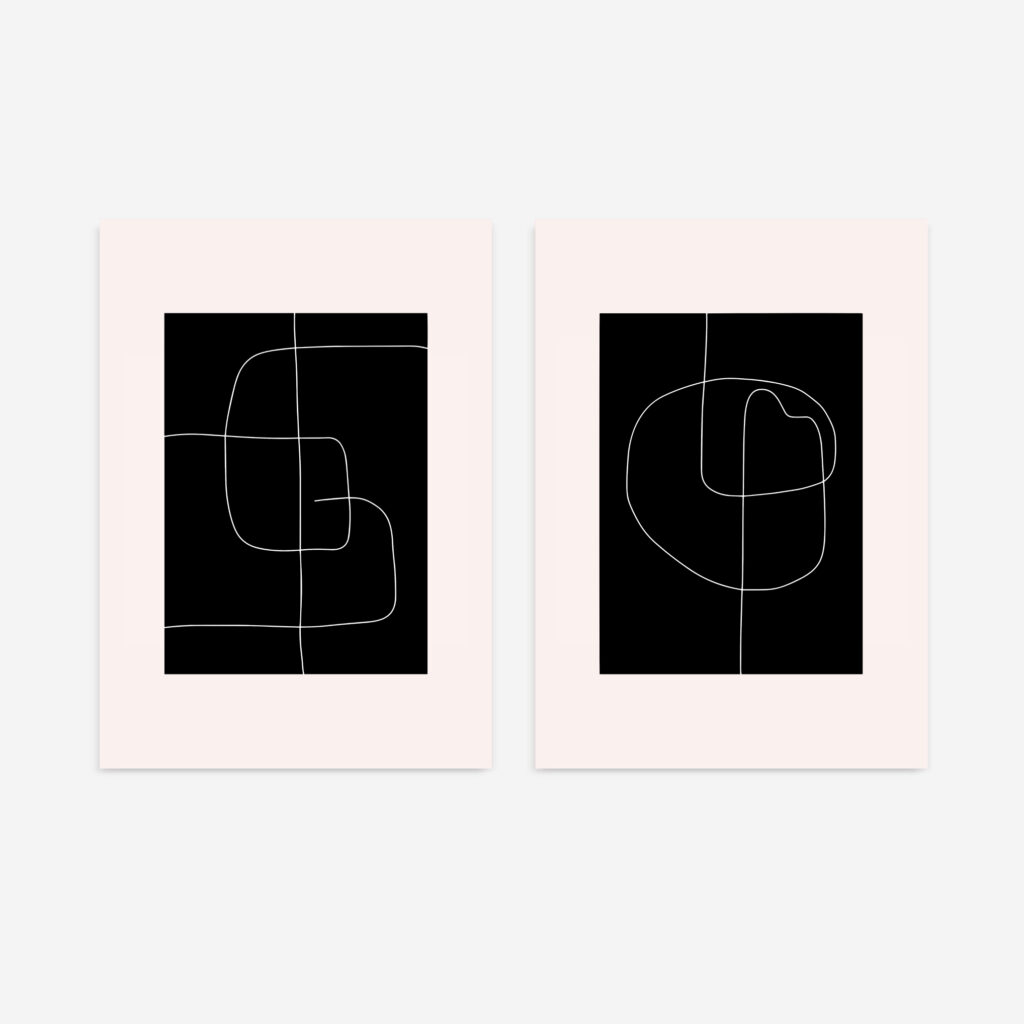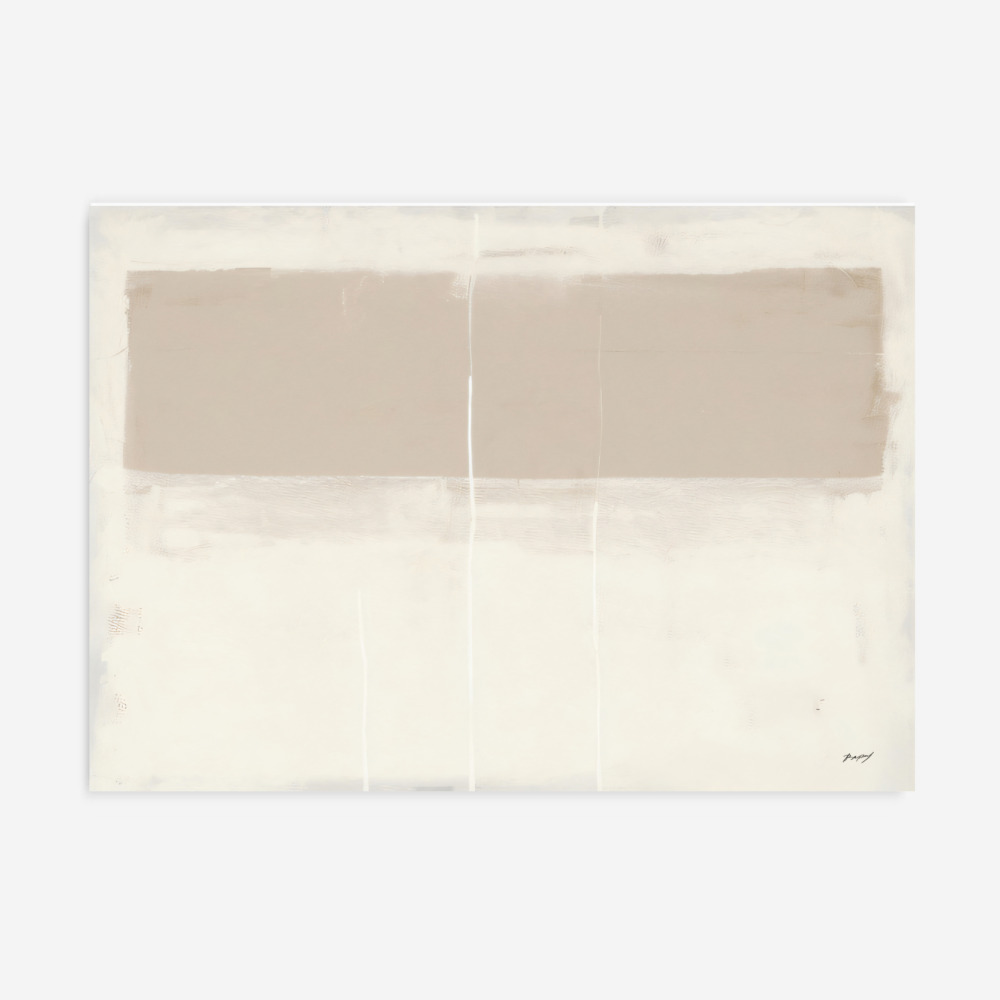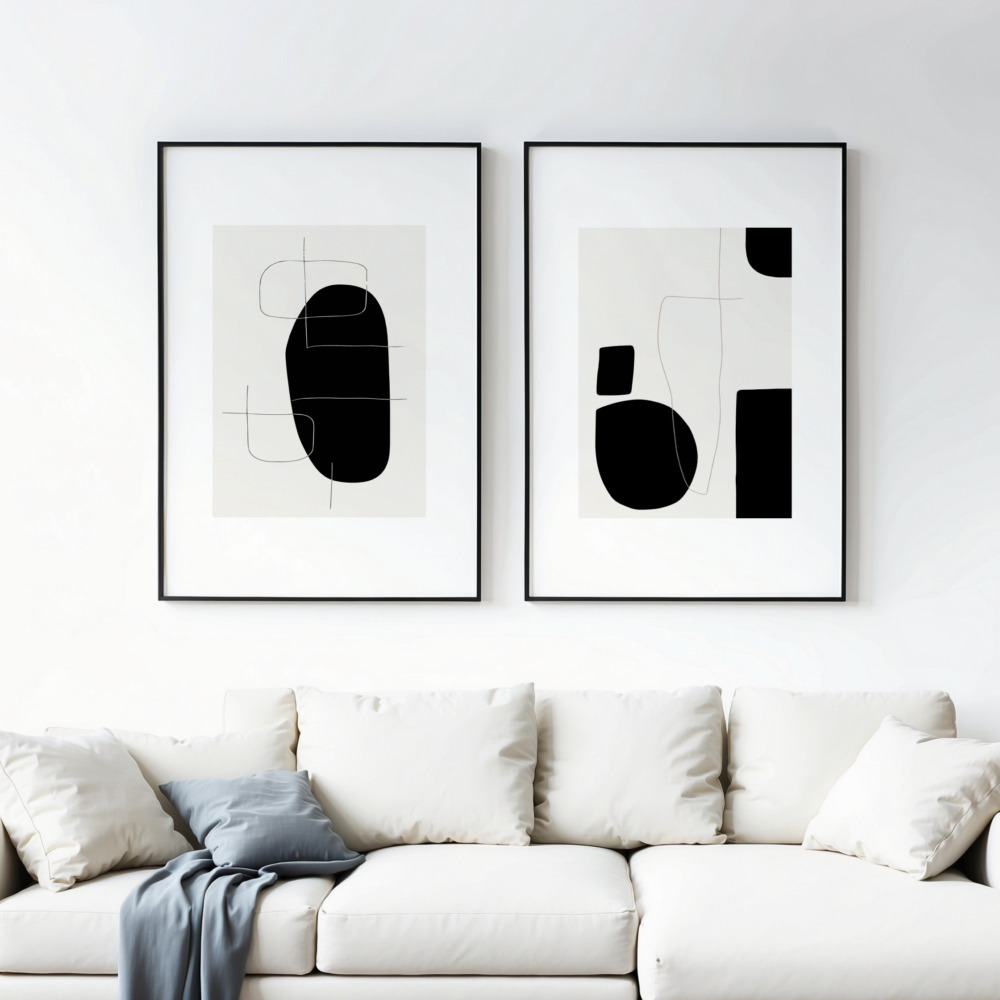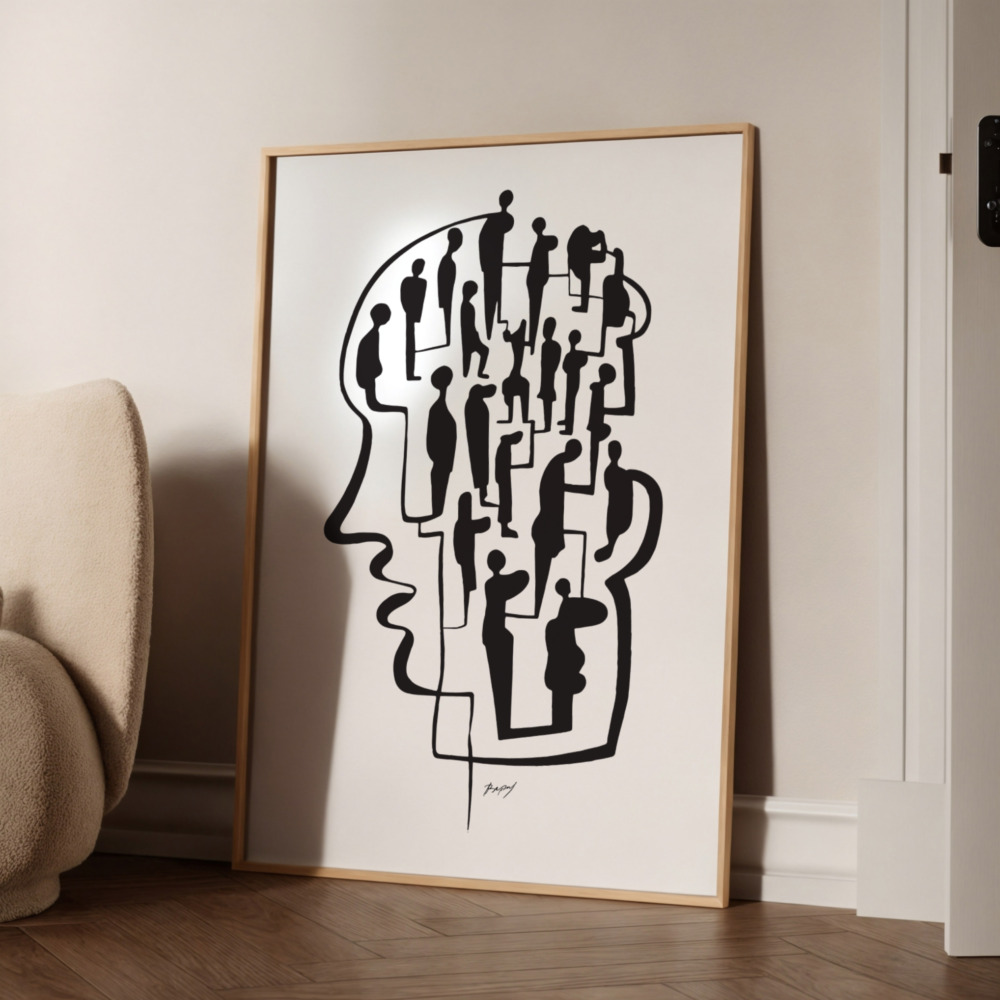The modern interior design movement, with its emphasis on clean lines, uncluttered spaces, and functionality, has captured our collective imagination. At its most distilled, it becomes minimalism—a philosophy of “less is more” that strips away the non-essential to create a visually serene and orderly environment. There is undeniable beauty in this simplicity. A well-executed minimalist space can feel like a deep, calming breath in a chaotic world.
But there’s a fine line. Sometimes, in the pursuit of pure minimalism, we can strip away too much. A space can inadvertently cross over from serene to sterile, from calm to cold. The absence of “stuff” can sometimes lead to an absence of personality, warmth, and soul. It can leave us with a home that is beautiful to look at but difficult to live in, a gallery rather than a sanctuary.
So, how do we retain the elegance of clean design and the peace of minimalist interiors while infusing them with the essential human elements of warmth and personality? The answer lies not in abandoning these principles, but in complementing them with their warmer, more soulful Scandinavian cousin: Nordic design.
Specifically, the curated use of Nordic art for modern homes is the bridge between stark minimalism and inviting comfort. These art prints possess a unique alchemy; they can introduce color, texture, and emotion into a space without creating clutter or overwhelming the clean aesthetic you’ve worked so hard to achieve. This article will explore why Nordic art is more than just “minimalist” and how its specific characteristics make it the perfect finishing touch for any modern interior.

Decoding the Aesthetic: Modern vs. Minimalist vs. Nordic
To understand why Nordic art is such a perfect fit, we first need to clarify the often-interchangeable terms we use to describe contemporary spaces. They are related, but their subtle differences are key.
-
Modern Design: This term typically refers to the style that emerged in the early to mid-20th century. Its hallmarks are clean, unadorned lines, a lack of ornate detailing, the use of natural materials like wood, leather, and stone, and a belief that form should follow function. Mid-Century Modern is a famous subset of this movement. Modern design is inherently simple, but it is not necessarily minimalist; it can be rich with natural texture and warm materials.
-
Minimalist Design: Minimalism is less of a historical style and more of a philosophy that can be applied to any style. It takes the principles of modernism and pushes them to their extreme. The goal is to reduce every element—furniture, color, decor—to its essential function. The color palette is often strictly monochromatic (black, white, grey), surfaces are sleek, and decoration is sparse, if present at all. The beauty of minimalism lies in its extreme simplicity and the celebration of negative space. Its potential pitfall is a lack of personality and emotional warmth.
-
Nordic (Scandinavian) Design: This is where the magic happens. Hailing from Denmark, Sweden, Norway, Finland, and Iceland, Nordic design is the perfect synthesis of the two. It wholeheartedly embraces the clean lines and functionality of modernism and the uncluttered ethos of minimalism. However, it injects two crucial, non-negotiable elements: comfort and a deep connection to nature. The Danish concept of Hygge (coziness and contentment) is a driving force, ensuring that spaces are designed for human well-being. This philosophy prevents Nordic design from ever becoming sterile. It is minimalist in form but maximalist in feeling.
Nordic design, therefore, isn’t just minimalism set in a cold climate. It’s a version of modernism that has been humanized, softened, and made deeply livable. And this exact philosophy is powerfully expressed through its art.
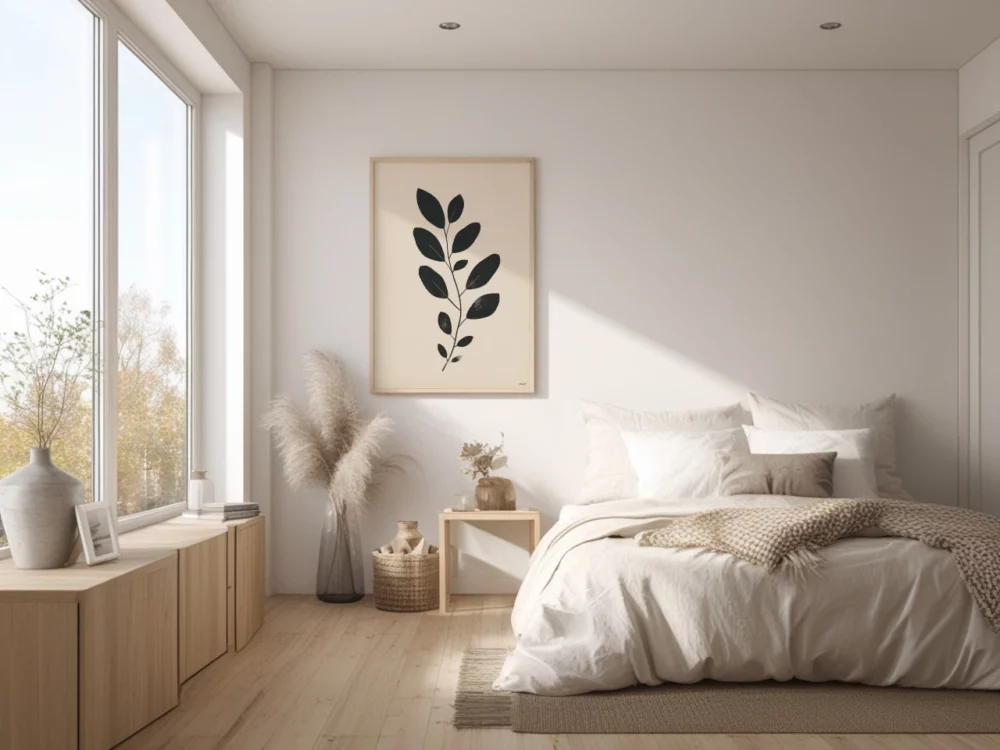
The Soulful Layer: How Nordic Art Add Warmth and Personality
A blank white wall in a minimalist room can feel peaceful. But it can also feel empty. The right piece of art doesn’t fill that emptiness with noise; it fills it with intention. Here’s how Nordic art specifically achieve this delicate balance.
1. The Palette: Muted and Earthy, Never Stark
While a strict minimalist palette might stick to pure black and white, the Nordic palette is far more nuanced and emotionally resonant. It builds upon a neutral foundation but weaves in colors drawn directly from the Scandinavian landscape.
-
Beyond Monochrome: Nordic art embraces a rich spectrum of muted tones. Think of the deep, dusty greens of a pine forest, the soft blues of a misty fjord, the warm beige of windswept dunes, and the earthy terracotta of rustic clay. These colors add depth and sophistication without shouting. They are colors that whisper, creating a calming effect that is grounding and natural.
-
A Gentle Introduction of Color: For someone who loves a minimalist aesthetic, introducing color can be daunting. A Nordic landscape print featuring soft ochres and pale blues is the perfect way to dip a toe in. It breaks up the monotony of a purely neutral room, adding a focal point and a touch of organic warmth that feels intentional, not accidental.
-
The Power of Greige: A hallmark of the Scandinavian palette is “greige”—a blend of grey and beige that captures the best of both worlds. It has the coolness and sophistication of grey and the warmth and earthiness of beige. Many pieces of modern abstract art in the Nordic style utilize this complex neutral to create pieces that are both soothing and visually interesting.
This considered use of color is the first step in transforming a room from a mere space into a welcoming environment. It adds an emotional temperature that is degrees warmer than pure minimalism.
2. The Subject Matter: Bringing the Restorative Power of Nature Indoors
This is perhaps the most significant differentiator. While pure minimalism often favors non-representational or geometric art, Nordic art is deeply rooted in the natural world. The reverence for nature is a cornerstone of Scandinavian culture, and it’s the most prominent theme in its art.
-
Landscapes as Meditation: Prints depicting vast, quiet forests, serene lakes, dramatic coastlines, or snow-capped mountains do more than just decorate a wall. They act as windows to a calmer world. In our increasingly urban lives, having a visual connection to nature is proven to reduce stress and improve well-being. A large landscape wall art above a modern sofa provides a daily dose of this biophilic connection, reminding us of a world beyond our immediate, man-made surroundings.
-
Botanicals and Organic Forms: The beauty of Nordic design is often in the details. Simple, elegant line drawings of leaves, minimalist depictions of wildflowers, or abstract artworks inspired by the curve of a stone or the pattern of wood grain add a soft, organic touch. They counter the hard lines and sleek surfaces of modern furniture (like chrome, steel, and lacquered wood) with a touch of life and imperfection. This contrast is what creates visual harmony and balance.
-
Abstracts Inspired by Nature: Even the modern abstract art from this region often carries echoes of the natural world. You might see a composition of circles that evokes water ripples, a series of lines that suggest winter trees, or a textured block of color that feels like a cross-section of earth. It’s abstraction with a memory of nature, which gives it a grounding quality often missing in purely conceptual art.
By making nature the primary subject, Nordic art infuses a minimalist space with a story, a sense of place, and an inherent, life-affirming tranquility.
3. The Composition: An Embrace of Clean Design and Negative Space
Here is where Nordic art proves it can “speak the language” of modern interiors. It doesn’t fight against the principles of minimalism; it respects and enhances them. The focus on clean design is paramount.
-
The Importance of “Breathing Room”: Nordic artists are masters of negative space. The subject of a art—be it a single tree, a geometric shape, or a minimalist line drawing—is often surrounded by a generous amount of empty space. This is intentional. This “breathing room” allows the subject to stand out with clarity and prevents the artwork from feeling cluttered. It mirrors the minimalist desire for uncluttered surfaces and visual quiet. The art doesn’t scream for attention; it confidently occupies its space.
-
Simplicity of Form: Whether it’s a photograph of a mountain or an abstract composition, the forms are typically simple and strong. There is no unnecessary ornamentation. This adherence to clean lines and essential forms ensures that the art seamlessly integrates with the architecture of a modern room and the design of its furniture. It feels like part of a cohesive vision, not a random addition.
-
Balanced, Not Symmetrical: Nordic compositions often feel balanced and harmonious without being rigidly symmetrical. This creates a dynamic but stable feel, which is far more interesting and organic than a perfectly centered, static image. This subtle, “perfectly imperfect” balance adds a layer of quiet sophistication.
This shared DNA of clean lines and respect for space means a Nordic wall art won’t disrupt the flow of your minimalist interior. Instead, it will complete it.

A Practical Guide: Curating Nordic Art in Your Modern Home
Theory is one thing, but how does this look in practice? Here are some actionable ways to use Nordic art to elevate your modern or minimalist space.
-
The Anchor Piece: In a living room with a sleek, low-profile sofa and a simple coffee table, a single, large-scale Nordic landscape print can act as the room’s anchor and soul. Choose a piece with a muted, earthy palette to add warmth. The grandeur of the natural scene will provide a stunning contrast to the understated furniture, creating a focal point that is both dramatic and serene.
-
The Tonal Triptych: For a long wall, such as behind a bed or a dining banquette, consider a triptych of modern abstract art prints. Choose three pieces that share a similar color story—perhaps shades of dusty blue, sage green, or warm greige. This creates a sense of rhythm and cohesion that appeals to a modernist’s love of order, while the subtle variations in form and texture add warmth and visual interest.
-
The “Imperfect” Gallery Wall: A gallery wall in a minimalist home must be curated with care to avoid looking like clutter. The Nordic approach is perfect here. Mix and match print sizes and orientations, but keep the frames consistent (e.g., all-natural oak or all thin black metal). Combine a black and white line art piece, a small abstract with a pop of muted color, and a mid-sized botanical print. The unifying theme is the feeling—calm, natural, and personal—rather than a strict subject or color.
-
Layering for Depth: Place a large, framed print on a credenza or sideboard and lean it against the wall. Then, place a smaller, complementary wall art slightly in front of it. This layering technique adds instant depth and a casual, collected-over-time feeling that can soften the sharpest of modern interiors. It suggests a home that is lived-in and loved.
-
Art in Unexpected Places: Don’t limit art to the living room. A small, simple Nordic wall art in a hallway, home office, or even a bathroom adds a touch of intentional beauty. It’s these small details that elevate a house into a home, showing that care and personality extend to every corner.
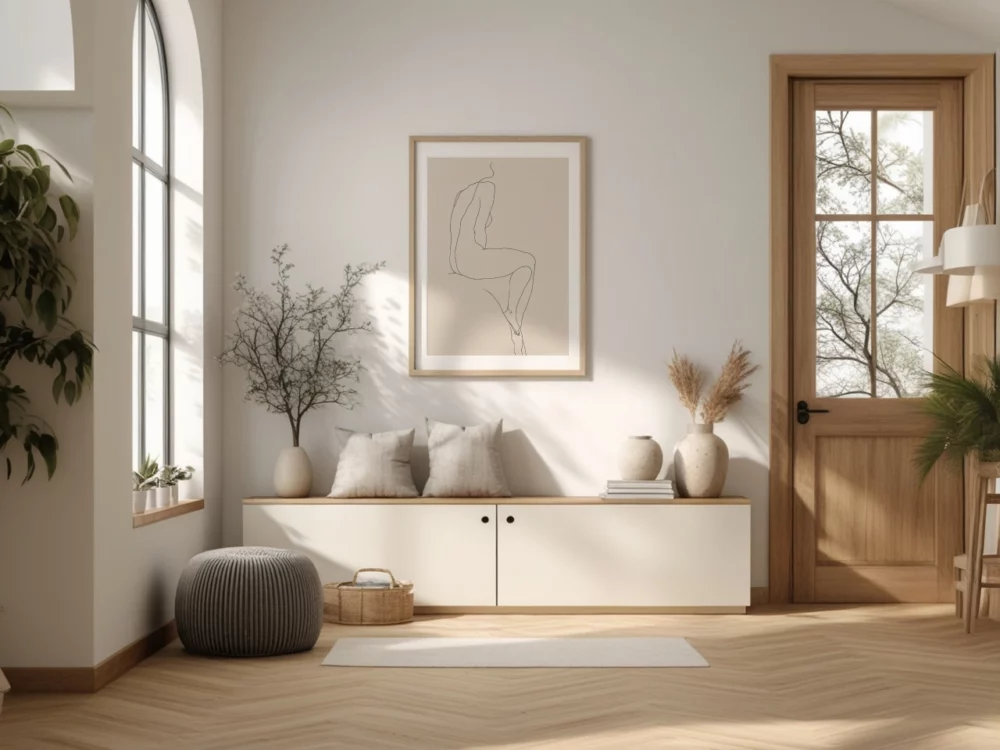
Accessible Aesthetics: Art for the Modern Dweller
The ethos of modern and Nordic design has always been about making good design accessible to everyone. This philosophy extends to art. The rise of high-quality, curated online art print shops means you no longer need a massive budget to bring beautiful, soulful art into your home. You can easily find Nordic art for modern homes that is both affordable and impeccably designed.
This accessibility allows you to experiment. You can build a collection over time, swap pieces with the seasons, and find art that truly reflects your personality without a huge financial commitment. Reputable online stores, including specialty curators like our own Print Studio, do the hard work of sourcing and creating collections that perfectly capture this warm, modern aesthetic, making it easier than ever to find that perfect piece.
Conclusion: The Art of Living Beautifully
A modern home should be a haven—a place that is as restorative to the soul as it is pleasing to the eye. While minimalism provides the foundation of calm and order, it is the thoughtful layers we add on top that give it life.
Nordic art prints are that perfect final layer. They are the bridge between a stark, architectural space and a warm, inviting home. They uphold the values of clean design and simplicity while infusing your interior with the indispensable elements of nature, texture, muted color, and personality. They don’t shout; they harmonize. They don’t clutter; they complete.
So, look at the clean lines and open spaces of your modern interior not as a finished product, but as a perfect canvas. And then, choose the art that will give it a heartbeat. Choose the art that will tell a quiet story, bring a forest inside, and transform your beautiful house into a truly soulful home.

